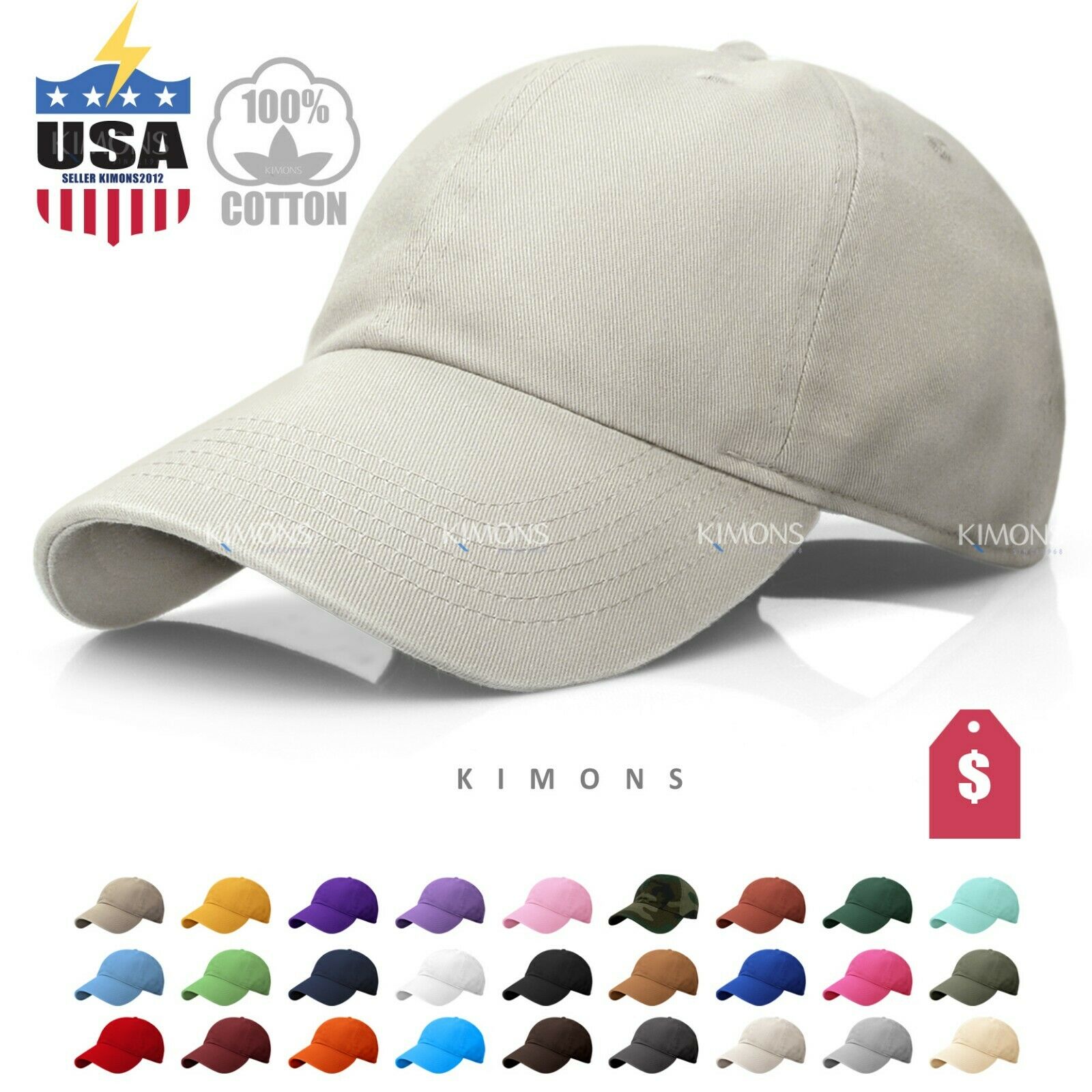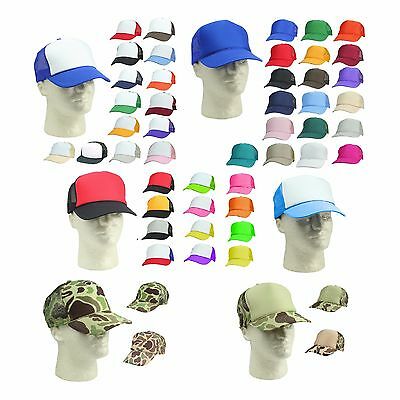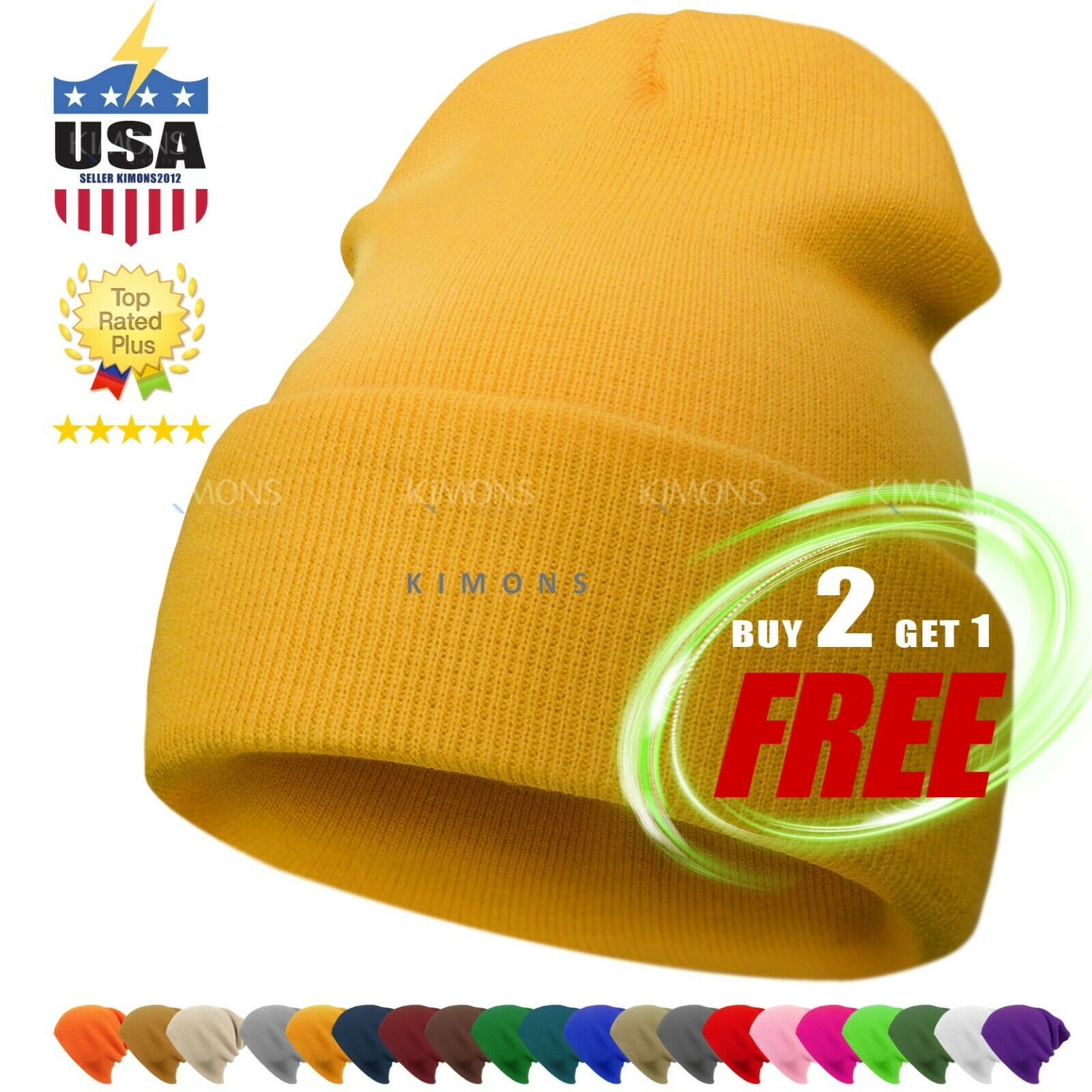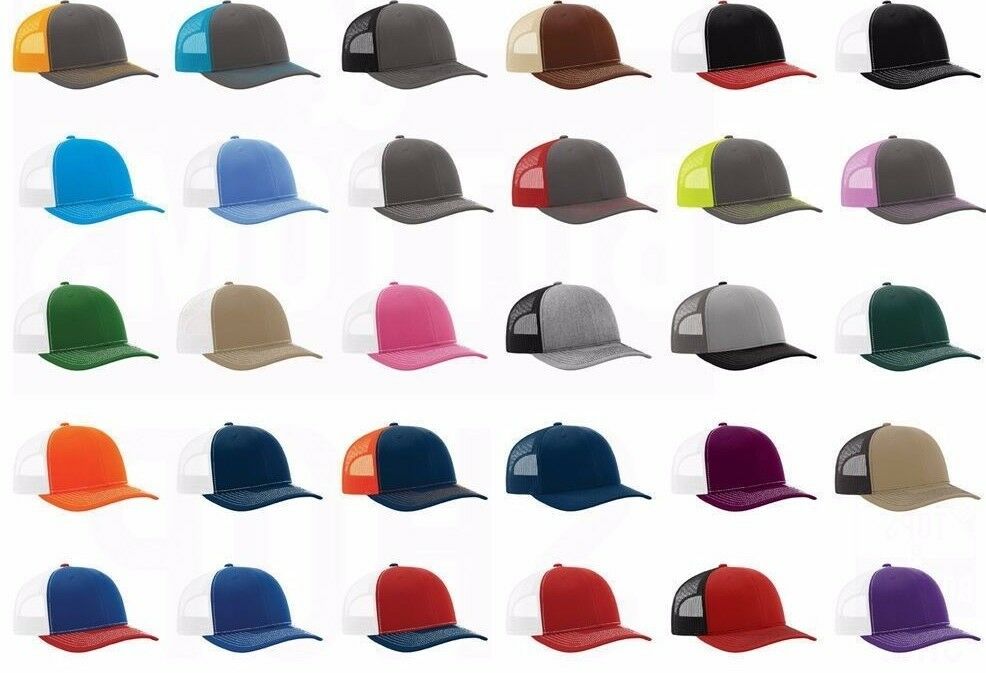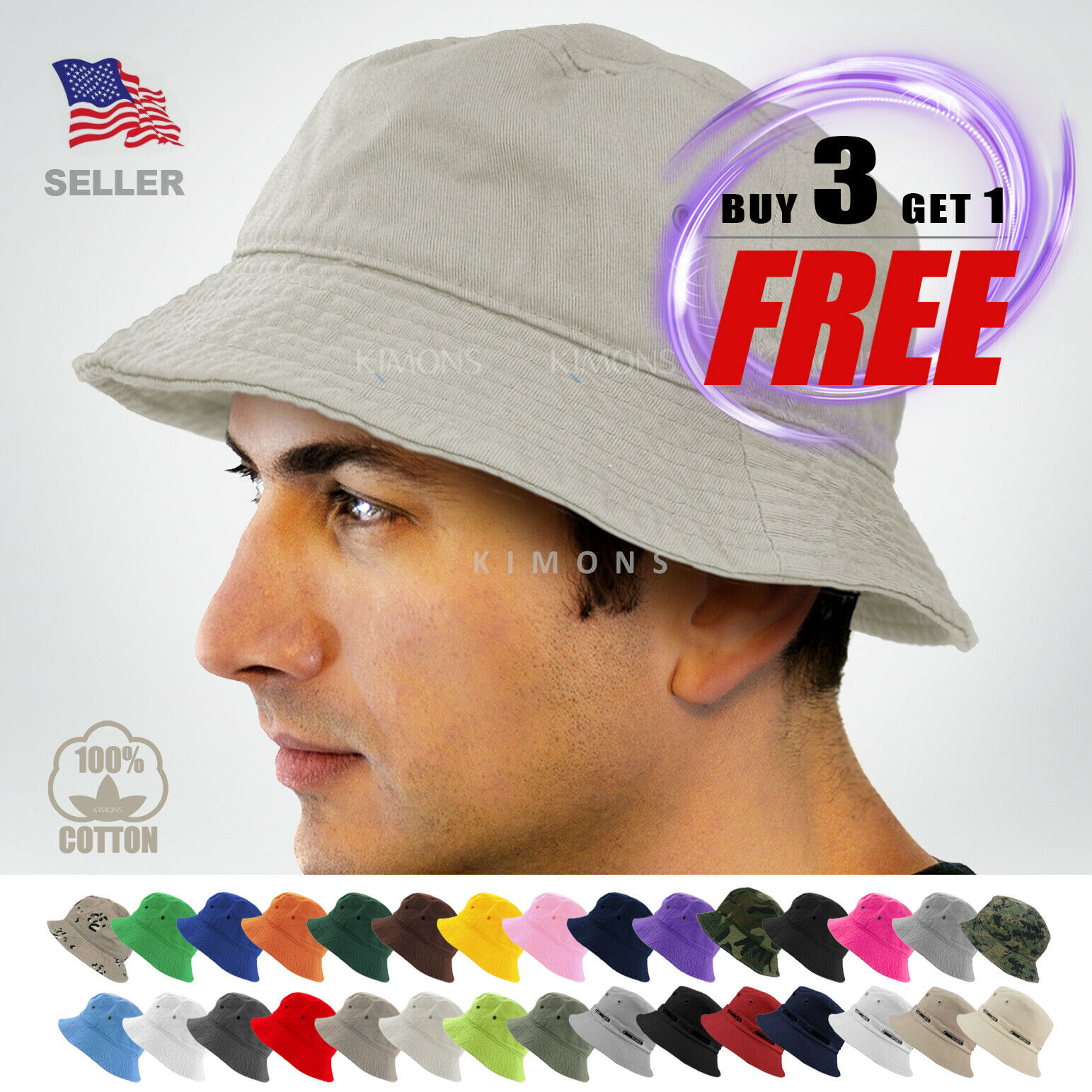-40%
USMC Camo Boonie Hat – Marine Corps Tactical Military NEW Hiking Fishing Camping
$ 6.83
- Description
- Size Guide
Description
High Quality USMC Marine Corps MARPAT Camo Boonie HatComfortable hat made of light, durable material. Ideal for camping, hiking, fishing, hunting, or any outdoor activity.
XL Size (US Size: 7½
– Metric Size: 60cm) 23½ inches around
USMC Marine Corps 'MARPAT' digital camo style
Reinforced ripstop woven fabric resistant to tearing
Machine-washable – material holds up after multiple washes
Fold up each side of the hat with a metal button
Metal air ventilation on both sides of the hat keeps you cool
Water-resistant, great for all weather conditions, including heavy rain
Adjustable chin strap keeps the hat in place during windy conditions
Loops for attaching more camouflage or accessories
Fast
FREE
same-day shipping
– excellent customer service is my #1 priority!
Shipped from Texas – USA supply
Please determine if the hat will fit before ordering. Boonie hat
is not an exact replica and is made to be close as possible to the real thing. Consider this before ordering if you are trying to match with other MARPAT gear, the color may be slightly different.
History of MARPAT Camouflage: MARPAT (short for Marine pattern) is a multi-scale camouflage pattern in use with the United States Marine Corps, designed in 2001 and introduced from late 2002 to early 2005 with the Marine Corps Combat Utility Uniform (MCCUU), which replaced the Camouflage Utility Uniform. Its design and concept are based on the Canadian CADPAT pattern. The pattern is formed of small rectangular pixels of color. In theory, it is a far more effective camouflage than standard uniform patterns because it mimics the dappled textures and rough boundaries found in natural settings. It is also known as the "digital pattern" or "digi-cammies" because of its micropattern (pixels) rather than the old macropattern (big blobs).
MARPAT was also chosen because it distinctively identifies its wearers as Marines to their adversaries, while simultaneously helping its wearers remain concealed. This was demonstrated by a Marine spokesman at the launch of MARPAT, who stated: "We want to be instantly recognized as a force to be reckoned with. We want them to see us coming a mile away in our new uniforms." As such, the U.S. Marine Corps restricts use of the camouflage, preventing its use in most other divisions of the United States military with the exception of some elements of the U.S. Navy.
Different ratios and variations of colors were tested before final candidate patterns were actually printed to textile for field trials. A modified version of Vietnam War–era tiger stripe also made it to final trials but was eliminated due to MARPAT being superior in all environments. The purpose of the digitized pattern is to create visual "noise" and prevent the eye from identifying any visual templates. Thus, the pattern is intended to not register as any particular shape or pattern that could be distinguished.
The Canadian Forces originally developed the pattern called CADPAT, on which MARPAT was based. Timothy O'Neill's USMC design team in charge of this process, initially with the assistance of Kenneth G. Henley and then John Joseph Heisterman, Jr. (both active duty U.S. Marine Scout Snipers), went through over 150 different camo patterns before selecting three samples that met their initial objectives. These were two versions of tigerstripe and an older design of Rhodesian Brushstroke. The influence of tigerstripe can still be seen in the final MARPAT. These three samples were then reconstructed using new shapes and unique color blends that would allow a more effective uniform in a great range of environments.
The new patterns were then field tested in different environments, day and night, with night vision and various optics. MARPAT did exceptionally well in their wet uniform test when viewed with night vision while illuminated with IR, where normally patterns appear as a solid. The MARPAT patent lists U.S. Army research into fractal pattern camouflage as the basis for MARPAT.
The MARPAT pattern was chosen in a run-off against seven other patterns at the USMC Scout Sniper Instructor School.







